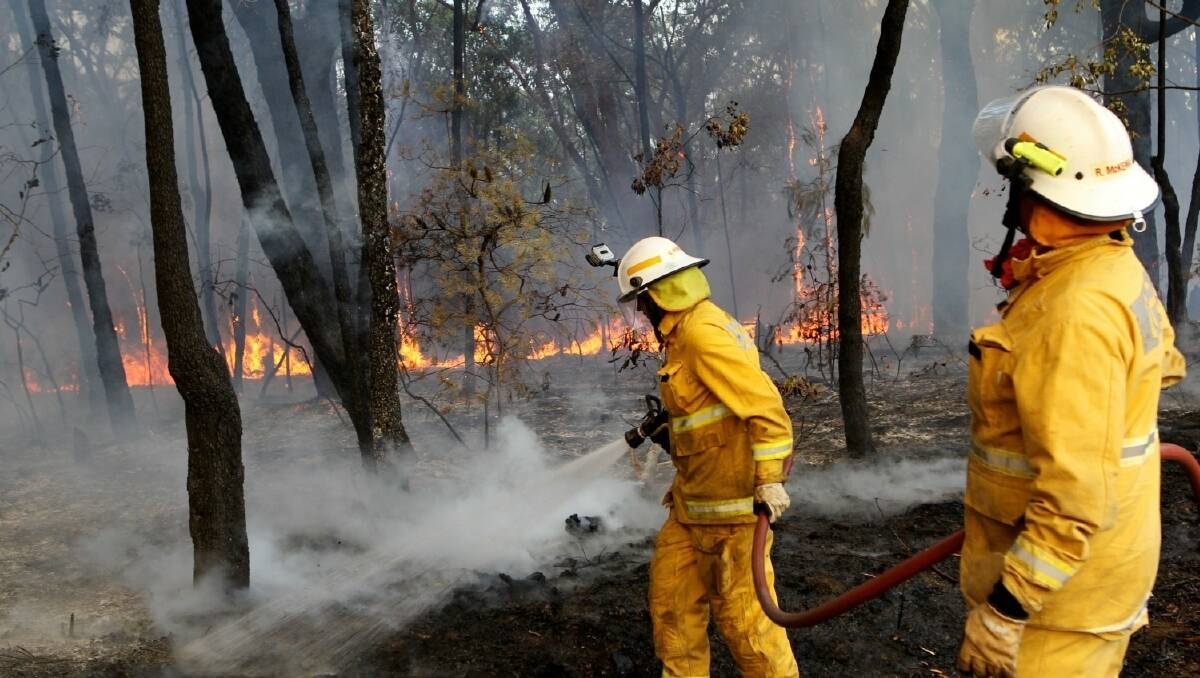
A new scientific study into the fire resistance of various fabrics used as base-layer garments for military and firefighters has found that wool and wool-rich fabrics perform the best.
Subscribe now for unlimited access to all our agricultural news
across the nation
or signup to continue reading
The study, funded by Australian Wool Innovation and conducted by AgResearch, found that 100 per cent synthetic fabrics - polypropylene and polyester fabrics - performed the worst due to their tendency to melt and damage the skin.
AWI fibre advocacy and eco credentials program manager Angus Ireland said there had been growing market demand for wool base-layer garments because of the already well-research benefits of superfine Merino wool, including its softness, moisture management, breathability and fire resistance.
Mr Ireland said the increased demand had in part been driven by the incidence of injuries to military personnel in the Middle East, where battle techniques such as improvised explosive devices were used.
He said considerably more severe skin injuries had occurred when synthetic base-layers were work, as they could melt onto the skin at high temperatures.
READ MORE:
The new study tested the fire resistance of nine fabrics, using a new 'skin stimulant' method using fresh pig skin.
It involved two techniques to stimulate the skin's exposure to naked flame ignition and an accelerant fuelled threat.
Mr Ireland said the results showed there was a significant potential for wool base-layers to be used for protection, as well as comfort, by the military and emergency responders.
"This new test method demonstrated that while synthetic fabrics might be the most cost effective with regard to procurement, they offer very little protection to the wearer under the applied test conditions," he said.
"It also highlights that an expensive fibre such as Nomex is not the only option for protection, as the wool/viscose blend fabric of comparable density can offer the same or better level of protection."
Start the day with all the big news in agriculture. Sign up here to receive our daily Farmonline newsletter.

